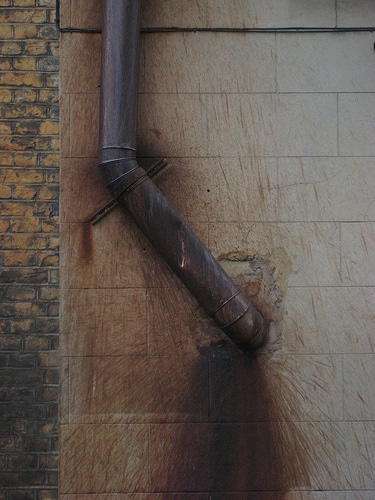This article will cover keeping groundwater away from French drains. Every home that has a problem with stagnant water needs to divert that water away from its foundations. The water will weaken the foundations and the structure’s stability will be compromised. To avoid this, French drains are used to keep water away from your home. It is also known as a sub-drain, which was first used in New England for agricultural endeavors. The French drain is different from the surface drain, which only takes care of the moisture accumulating on the surface. It is responsible for removing water from the subsurface of the soil. These days, you will see a French drain that looks like a trench that is filled with gravel. It is also equipped with a pipe with perforations at the bottom. Geotextile fabric is used to wrap the gravel and the pipe layers. The water that accumulates in the trench filters towards the pipe. The pipe then transports the collected water to a discharge point.
Your home has a supply of groundwater, which is usually the main source of clean drinking water. French drains divert standing water from the subsurface of the soil. This water may contain contaminants and pathogens that should not be mixed with the groundwater that you take in. It is a fact that the French drain has filters but the filters work for large sediments and debris that flow with the collected water. The filtering doesn’t purify the chemical compounds and the disease-causing microorganisms. As a responsible homeowner, you should make sure that your French drain is functioning optimally so that the water it collects stays where it is and not get into the groundwater system. Keeping groundwater away from French drains should also be a priority in maintaining your property.
Groundwater should be kept safe for you to use all the time. Separating it from the French drain requires effort on your part. Below are some practices that you could consider when it comes to keeping groundwater away from French drains:
- Keep tree roots away from your French drain.
This is an effective way to make sure that the French drain doesn’t clog. Tree roots need sources of water and nutrients. The French drain is a good candidate because it diverts moisture that accumulates near your home’s foundations. Ask your arborist about the best solution for invasive root systems so that the water collected by the French drain won’t seep into your groundwater.
- Avoid using harsh chemicals.
Harsh chemicals kill off bacteria in your septic. French drains are usually connected to the septic (if it doesn’t drain into the greywater system) to dispose of the water they remove from your foundations. If you use harsh chemicals, the bacteria will not be able to treat the raw wastewater and it will backup into your home and French drains. It will even overflow over your entire property. The raw wastewater will then seep into the ground and reach the groundwater. If not corrected immediately, you may have to forget using your groundwater for a while.
- Dispose of waste properly.
Solid waste products of every kind can make it to your French drain because it is near the surface and it is basically an open filter. Not all waste products can be filtered by the geotextile fabric and the gravel. You have to make sure that all waste coming from your home are properly disposed of so that they won’t cause the drain to overflow. When this happens, your groundwater would be in peril. If the solid, non-biodegradable waste products reach the septic, clogging will ensue and the raw wastewater will seep into the groundwater.
A French drain is necessary if you want to keep your foundations safe. However, you should also think of the groundwater that you rely on for water every day. Make sure you consult your drain specialist so that you could eliminate unwanted water from your foundations while keeping groundwater away from French drains.
